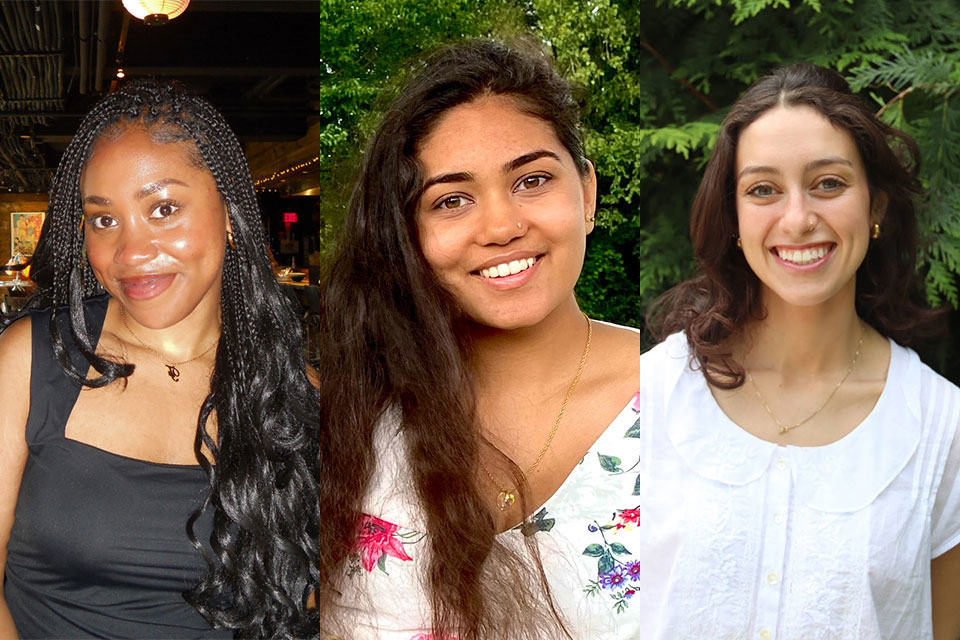How to watch the solar eclipse April 8

Photo Credit: Getty Images
By David Levin
March 26, 2024
RELATED: Eclipse on Campus
Students enjoyed viewing the solar eclipse on campus on April 8, 2024. See the photos.

A solar eclipse takes place when the moon comes between the sun and the Earth, casting its shadow earthward and plunging a roughly 100-mile wide swath called the “path of totality” into complete darkness. This stunning astronomical event can last from a few seconds to a few minutes depending where a viewer sits in its path.
In North America, the eclipse shadow will streak in from the Pacific ocean, making landfall at 11:07 Pacific time in Mazatlan, Mexico. From there, it will travel up through the American Midwest, over the Great Lakes, and eventually through New England and eastern Canada before moving out over the Atlantic ocean.
In the Northeast U.S., darkness will occur over the course of the mid-afternoon. Only upper New England lies in the path of the totality; while the Brandeis campus does not, it will still experience a partial eclipse. According to physics professor and eclipse enthusiast Seth Fraden, Brandeisians on campus will be able to observe the moon obscuring the sun starting at 2:30 p.m., culminating in a 93% solar eclipse at 3:29 p.m EDT.
The ability to observe the eclipse directly, of course, will depend on the amount of cloud cover of any given spot in the path of totality. For planning purposes, Fraden recommends two weather forecasting websites, spotwx.com and eclipsophile.com, which provide updates on weather in the eclipse path and offer related information on the celestial event itself. For a preview of what to expect at your location, Fraden suggests two additional websites, xjubier.free.fr — which provides details of the shadow of the moon on Google maps — and eyes.nasa.gov, which lets visitors simulate the solar system in 3D and see how the eclipse will play out at any given place on Earth.
Fraden also stresses that staring at the sun, even while it’s being partially obscured by the moon, poses significant danger to viewers’ eyes. When observing the event, it will be essential to wear certified solar filter glasses to avoid serious eye damage — sunglasses do not offer any protection to the eyes of eclipse viewers. To avoid permanent injuries, the physics department has given out 700 pairs of free solar filter glasses in 107 Abelson — and although supplies are going quickly, a few pairs are left for anyone to claim.
Although a partial eclipse is still memorable, Fraden says that it pales in comparison to the experience of totality. “After you see one [eclipse], the only question you have is, when’s the next one”? Observers who make the worthwhile effort to place themselves inside the path of totality, he adds, should “take off their glasses during totality and look directly at the corona, then lower their eyes to the horizon, and look around in all directions. All kinds of unusual, fleeting visual effects will be happening.” He recommends viewing from a hill or mountain top, where it will be possible to see the distant horizon and the eerie sunlight coming from outside the moon’s shadow. Fraden uses Google Earth to help locate a spot.
Here at Brandeis, all campus observers are invited to gather at Fellows Garden at 3 p.m. wearing their certified protective glasses. Fraden encourages observers to take photos donning their eclipse shades, and send them to trentparker@brandeis.edu for posting on the university website.


